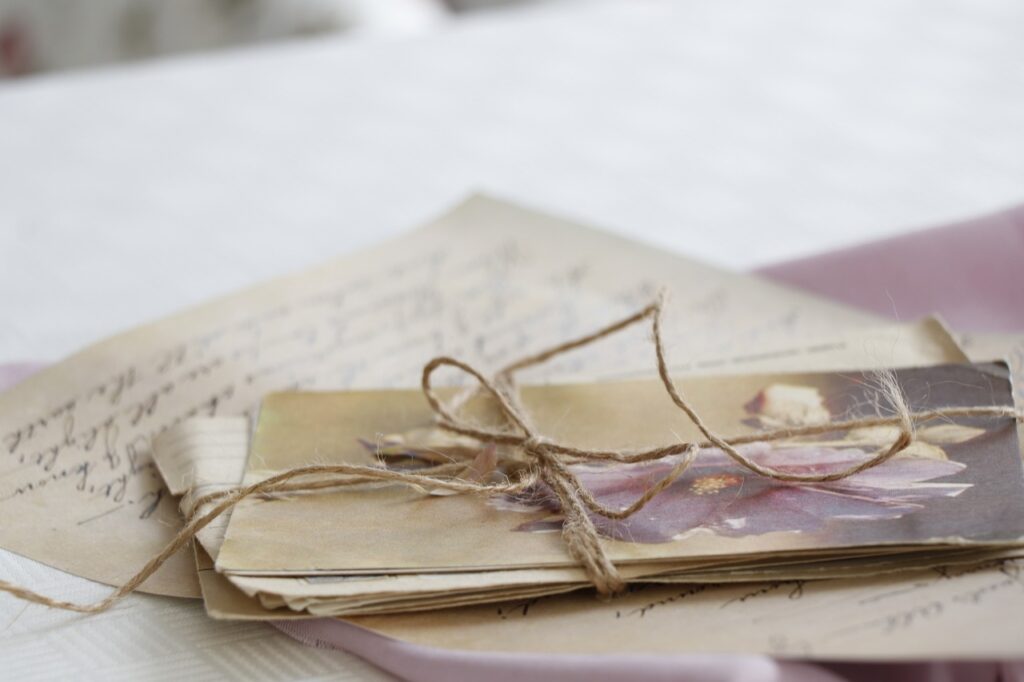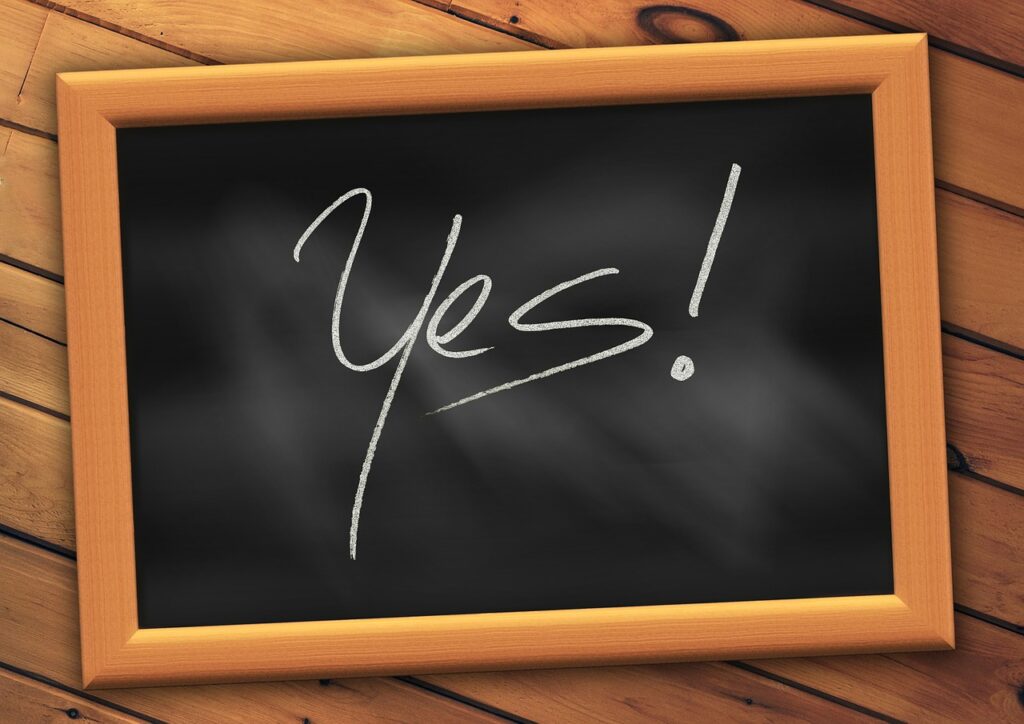
Throughout history there have been several key events that have impacted the invention of patents. These include the first patent office, the fire that destroyed the first office, the granting of patents based on political, religious and economic factors and the letters of patent.
Fire of 1877
Almost one hundred and sixty years ago, the Patent Office was on fire. The building was constructed in 1852. It was a very fancy looking structure. Its roof was made of wood. It was considered to be fire proof.
It’s not known for sure, but it is possible that a lightning strike sparked the fire. Firemen fought the fire in the north side of the building. The fire was not extinguished, but it was contained.
Several throbbing engines helped to add to the fun. Among the many records saved was the Repertory of Arts. This was not a complete collection, but it did contain some of the more important works. The aforementioned fire did not damage the original wing on F street. However, the west wing did receive a fire.
The fire also ruined many of the models in the building. The roof of the west wing contained white pine lumber in excess of one hundred thousand feet. This was the largest volume of any of the wood-working machines in the building.
The most important thing to learn from this incident was that a proper fire plan was the only way to save what was left of the building. It was a grueling effort, but the men had their job.
The most important part of the building was the main lobby. Books and papers lined the lower floor halls. On the other hand, the most impressive item in the building was the John Marshall index, which was about a quarter of a million words long. This was the only record of the early transactions of the Office. It was the only significant loss of the building.
Letters patents

Whether you are a novice to the world of patents or a seasoned professional, you will have at least heard of the invention of the letter patent. This is a document that is issued to a company or individual for their invention or to prevent it from being infringed upon. The document contains a specification and a petition for a grant. Several other documents are included in the letter patent package. The certificate of Attorney General is one of these.
The first fire to strike the USPTO was on December 15, 1836. It is believed that the fire was caused by arson. Local efforts to suppress the flames were largely ineffectual. Nevertheless, much of the patent history of the day was lost.
In fact, a recent study of the United States Patent Office showed that most of the contents were not fireproof. It is not surprising that the contents of the Patent Office’s earliest buildings were also not fireproof.
The most significant loss from the 1877 fire was the tens of thousands of copies of drawings. Unlike the 1836 fire, which only destroyed a fraction of these models, the 1877 conflagration had a more significant money value and a more devastating extent of conflagration. The official Gazette of July 7, 1885 was not in the hands of its subscribers until August 30.
The United States Patent Office did not last long after the fire. In 1810, the office moved to the Blodgett’s Hotel. The following year, Congress changed the record-keeping procedures of the Patent Office. Among other things, it required multiple copies of supporting documentation for each patent.
The fire also damaged the model-room of the office. This was a large room filled with models that exhibited important principles of mechanics. Some of these models were put on display for the benefit of the public. In the process, however, three original patented drawings were obliterated.
First patent office
During the first few years of the Patent Office, space was extremely limited. Hundreds of inventors in various parts of the country wrote to the Patent Office.
The Office was housed in a building on the site of the present Post Office Department building. In 1836, a fire damaged the building. This caused a temporary standstill in the Patent Office’s business. However, the money involved was far more substantial than the fire in 1836.
After the fire, the Patent Office had to start over from scratch. This was necessary to restore the records of the work that had been performed. The new Commissioner felt that reforms were needed. In order to do so, he turned to the former contractor.
The contractor was Bell Bros. It had been contracted to produce the Official Gazette. The company had not been able to produce a work of adequate quality. The company had been trying to produce silver prints.
After a period of experimentation, the silver print process was discontinued. Instead, the negatives for photolithographic reproduction of drawings were made in this city for three months.
The original drawings were taken to the rooms of the Chief Clerk or the Assistant Commissioner. Then ten copies were made for office use. This was a very valuable method of disseminating inventions.
The Patent Office was also in constant correspondence with thousands of inventors in different parts of the country. It had a force of eight people. The cases that contained the inventions were 16-18 feet in length and were constructed from white pine. They were fitted with glass sides.
The cases contained models of many American inventions. They were considered to be priceless treasures of deep historic interest.
Grants of patents based on political, religious and economic factors
Until the advent of patents, there was no one-size-fits-all solution for granting intellectual property rights to innovators. Some nations such as the UK adopted a system that required a monopoly license, while others such as the United States relied on an open-ended grant. Depending on the country in question, the patentee may be treated as favorably as a foreign national, or as an enemy of the state.
In addition to the well known patents and monopolies, a number of countries have introduced alternative forms of intellectual property such as copyrights, trademarks, and designs. While not everyone is a fan of these sleazy regimes, some economists argue that the benefits of having a monopoly are worth the cost, and that a well-designed patent system may be a useful addition to the public domain.
The patent a trifle is not the best way to go about it, but it is possible to achieve a reasonable balance between the interests of inventors, patentees, and other stakeholders. A patent that is properly enforced is not only good for inventors, but is also good for society in general. The best part of a patent is that it is an enforceable property right, thereby providing a bulwark against monopolies and other opportunistic forms of business. In essence, a patent is a sort of a license for a limited time. During this period, the initial producer may choose to enlist the services of others, or continue with the project on his own. This is particularly true if the invention is primarily exploited outside the country in question.
Using the right legal strategies can ensure that the best possible outcome is obtained, namely a patent that is well protected and a happy patentee.

Patent offices in other countries
Getting a patent in other countries involves filing your invention with the relevant patent offices. The system can vary from country to country, and you may be required to pay separate fees for each country. It is also possible to delay your foreign filing costs for up to 30 months. This will allow you to assess whether you have a good chance of commercial success in each country.
There are two main methods of getting a patent in other countries. The first is the PCT (Patent Cooperation Treaty) route. This route is recommended for those who wish to file in more than three or four countries.
The Paris Convention is another international option. This provides a right of priority in patents and trademarks. This will give you extra time to file your patent application\ in other countries. However, it is important to note that most foreign countries require that you manufacture your patented invention in the country after a certain period.
Other options include the Madrid Protocol, which is referred to as international registration. This option is useful for companies who manufacture electronics products. Those who manufacture medical devices are not eligible.
Many companies have problems balancing the cost of foreign filing with the quality of the process. These issues have led to the development of a pilot program. It was designed to evaluate the potential for streamlining technical procedures for the examination of patent applications.
Depending on the country, you may be required to provide a certified copy of your original application. The cost for this is generally high. Despite the cost, this is a good option for getting a patent in several countries.
There are various search tools available from the Japanese and Japanese-based Patent Offices. These include searches for patents, trademarks and designs.
